ST0191 Tantalum Oxide Sputtering Target, Ta2O5
Chemical Formula: Ta2O5
Catalog Number: ST0191
CAS Number: 1314-61-0
Purity: 99.9%, 99.95%, 99.99%
Shape: Discs, Plates, Column Targets, Step Targets, Custom-made
Tantalum Oxide sputtering target come in various forms, purities, sizes, and prices. Thin Film Materials (TFM) manufactures and supplies top-quality sputtering targets at competitive prices.
Tantalum Oxide Sputtering Target Description
Tantalum oxide sputtering target from TFM is an oxide sputtering material containing tantalum (Ta) and oxygen (O).
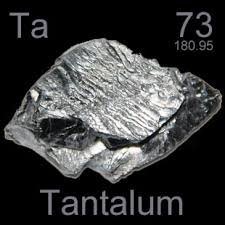 Tantalum is a chemical element named after King Tantalus, a figure from Greek mythology. It was first mentioned in 1802 and observed by the Swedish chemist Anders Gustaf Ekeberg. The symbol “Ta” is used to represent tantalum in the periodic table, where it has an atomic number of 73. Tantalum is located in Period 6, Group 5, belonging to the d-block. Its relative atomic mass is 180.94788(2) Dalton, with the number in brackets indicating the uncertainty. This metal is known for its high melting point and corrosion resistance, making it valuable in electronics, aerospace, and medical applications.
Tantalum is a chemical element named after King Tantalus, a figure from Greek mythology. It was first mentioned in 1802 and observed by the Swedish chemist Anders Gustaf Ekeberg. The symbol “Ta” is used to represent tantalum in the periodic table, where it has an atomic number of 73. Tantalum is located in Period 6, Group 5, belonging to the d-block. Its relative atomic mass is 180.94788(2) Dalton, with the number in brackets indicating the uncertainty. This metal is known for its high melting point and corrosion resistance, making it valuable in electronics, aerospace, and medical applications.
Related Product: Tantalum Sputtering Target
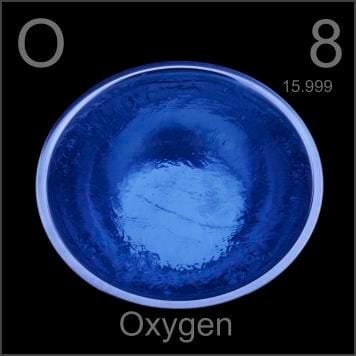 Oxygen is a chemical element with the symbol “O,” originating from the Greek words ‘oxy’ and ‘genes,’ meaning acid-forming. It was first documented in 1771 by Carl Wilhelm Scheele, who also accomplished its isolation. Oxygen is the eighth element on the periodic table, located in Period 2 and Group 16, known as the p-block. It has an atomic number of 8 and a relative atomic mass of 15.9994(3) Dalton, with the number in brackets indicating the measurement uncertainty. Oxygen is essential for life on Earth and is a key component in respiration and combustion processes.
Oxygen is a chemical element with the symbol “O,” originating from the Greek words ‘oxy’ and ‘genes,’ meaning acid-forming. It was first documented in 1771 by Carl Wilhelm Scheele, who also accomplished its isolation. Oxygen is the eighth element on the periodic table, located in Period 2 and Group 16, known as the p-block. It has an atomic number of 8 and a relative atomic mass of 15.9994(3) Dalton, with the number in brackets indicating the measurement uncertainty. Oxygen is essential for life on Earth and is a key component in respiration and combustion processes.
Tantalum Oxide Sputtering Target Specification
| Compound Formula | Ta2O5 |
|---|---|
| Molecular Weight | 441.89 |
| Appearance | White solid |
| Melting Point | 1,872° C |
| Density | 8.2 g/cm3 |
| Available Sizes | Dia.: 1.0″, 2.0″, 3.0″, 4.0″, 5.0″, 6.0″ Thick: 0.125″, 0.250″ |
Tantalum Oxide Sputtering Target Handling Notes
- Indium Bonding is recommended for tantalum oxide sputtering targets. This bonding method is preferred due to the material’s characteristics, such as brittleness and low thermal conductivity, which make it less suitable for sputtering without additional support.
- This material’s low thermal conductivity makes it susceptible to thermal shock, necessitating careful handling and bonding techniques to maintain integrity during sputtering processes.
Tantalum Oxide Sputtering Target Packaging
Our tantalum oxide sputtering target is clearly tagged and labeled externally to ensure efficient identification and quality control. We take great care to prevent any damage during storage and transportation, ensuring the product arrives in pristine condition.
Get Contact
Related Products
Related products
FAQ
What is a sputtering target?
It’s the source material (in solid form) used in sputter deposition to eject atoms or molecules that then form a thin film on a substrate.
What materials are used to make sputtering targets?
Targets can be pure metals (e.g., gold, copper, aluminum), ceramics (e.g., Al₂O₃, SiO₂, TiO₂), alloys, or composites—chosen based on the film’s desired properties.
How are sputtering targets manufactured?
They are produced by processes such as melting/casting for metals or sintering (often with hot isostatic pressing) for ceramics and composite targets to ensure high density and purity.
How does sputter deposition work with these targets?
In a vacuum chamber, a plasma (typically argon) bombards the target, ejecting atoms that travel and condense on a substrate, forming a thin film.
What factors affect the life and performance of a sputtering target?
Key factors include the target’s purity, density, grain structure, and the sputtering yield (i.e. how many atoms are ejected per incident ion), as well as operating conditions like power density and gas pressure.
How do I know when a sputtering target needs to be replaced?
Operators monitor target erosion (often by measuring the depth of the eroded “race track”) or track total energy delivered (kilowatt-hours) until it reaches a threshold that can compromise film quality.
Why do some sputtering targets need to be bonded to backing plates?
Fragile materials (such as many ceramics or certain oxides) and precious metals often require a backing plate to improve cooling, mechanical stability, and to allow thinner targets that reduce material costs.
What is the difference between DC and RF sputtering for targets?
DC sputtering is used for conductive targets, while RF sputtering is necessary for insulating targets (like many oxides) because it prevents charge buildup on the target’s surface.
How does reactive sputtering differ from standard sputtering?
In reactive sputtering, a reactive gas (e.g., oxygen or nitrogen) is introduced to form compound films on the substrate, but it may also “poison” the target surface if not carefully controlled.
Can I use customer-supplied powders to make sputtering targets?
Many manufacturers prefer to control raw material quality by sourcing their own powders; using external powders can risk impurities and inconsistent target properties.
What storage and handling procedures are recommended for sputtering targets?
Targets should be stored in clean, dry conditions (often in original packaging or re-wrapped in protective materials) and handled with gloves to avoid contamination, ensuring optimal performance during deposition.
What key parameters affect sputtering deposition rates?
Deposition rate depends on factors such as target material and composition, power density, working gas pressure, substrate distance, and the configuration of the sputtering system (e.g., magnetron design).

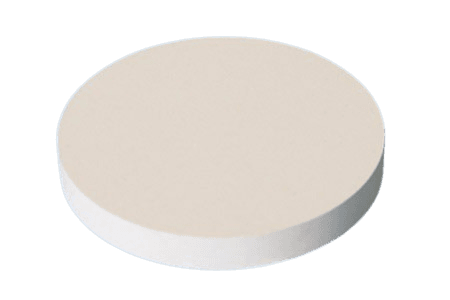
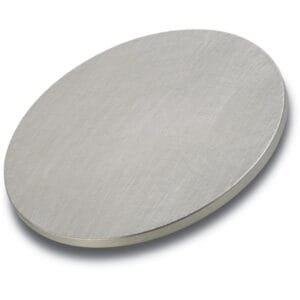
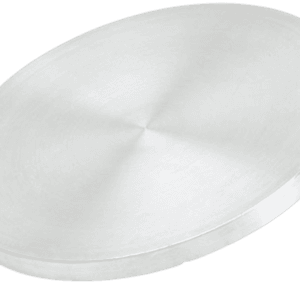

Reviews
There are no reviews yet.